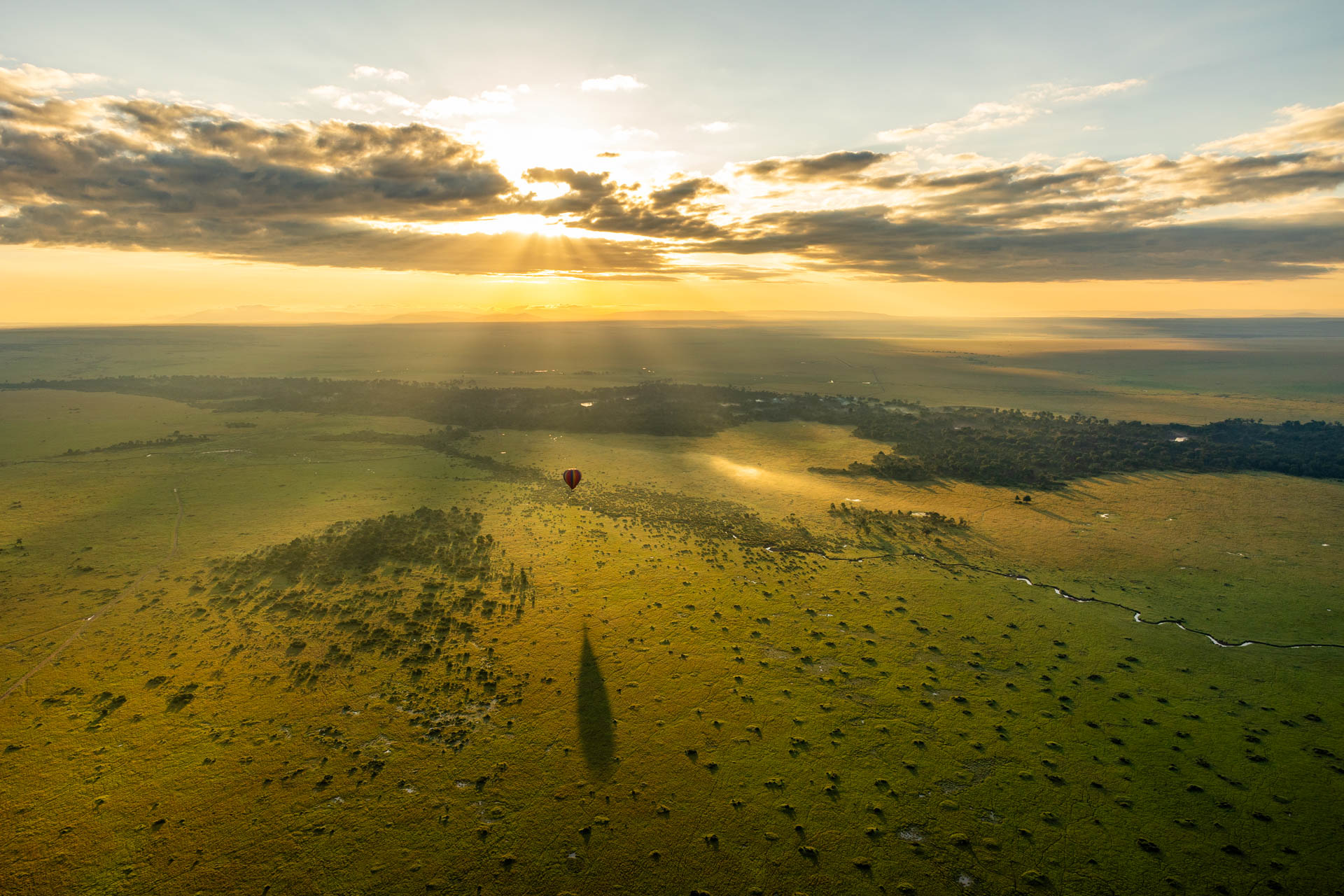
With a unique vantage point, the landscape below becomes a thrilling mixture of riverine forests, the rugged winding Mara River, and a vast savannah teeming with wildlife. This exhilarating balloon flight over the Maasai Mara offers a different perspective, allowing you to see the diverse and vibrant scenery from high above. From up here, you can clearly see how drenched the land is due to the intermittent rains still experienced in the Mara. In some areas, it looks more like the flood plains of the Okavango Delta.
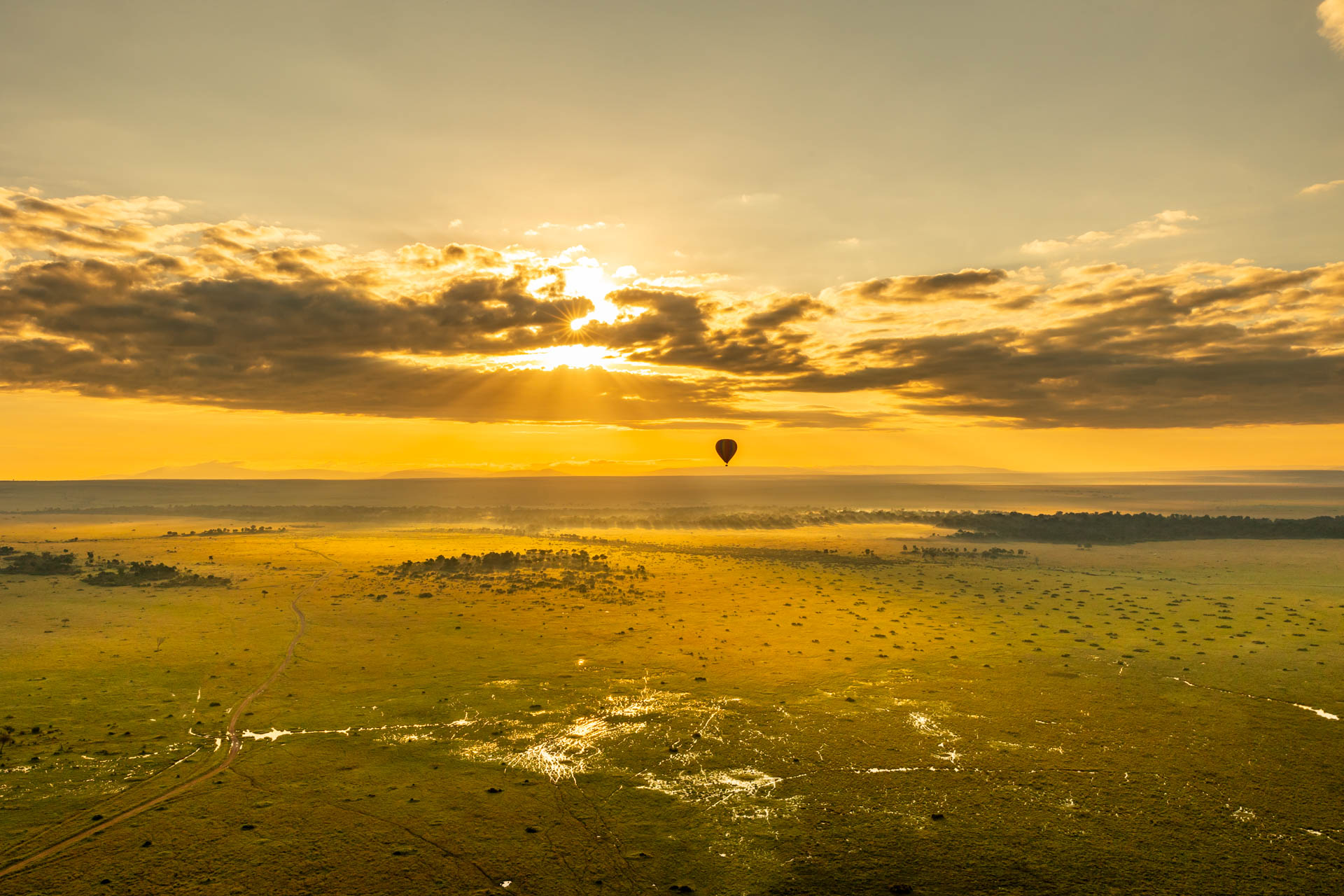
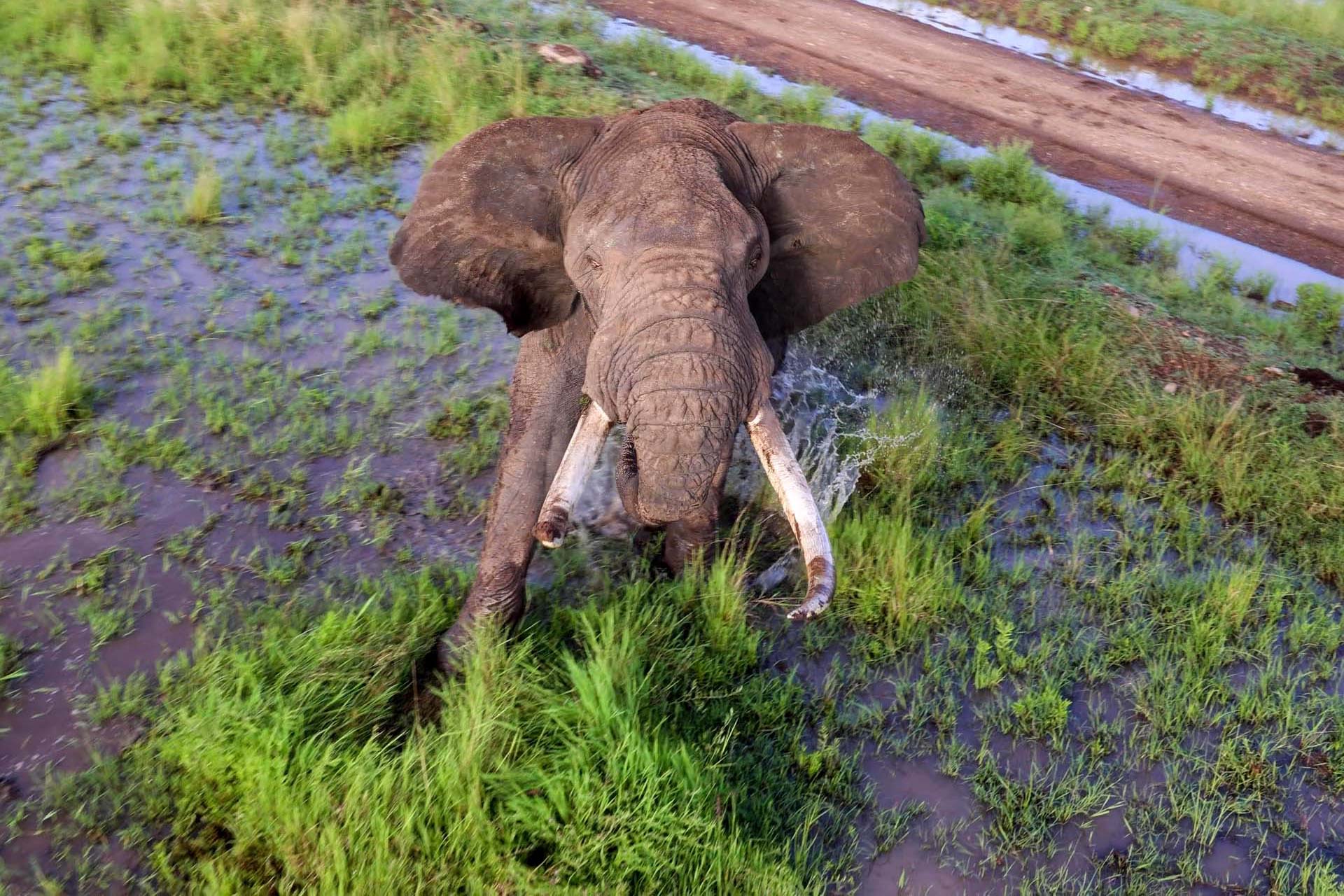
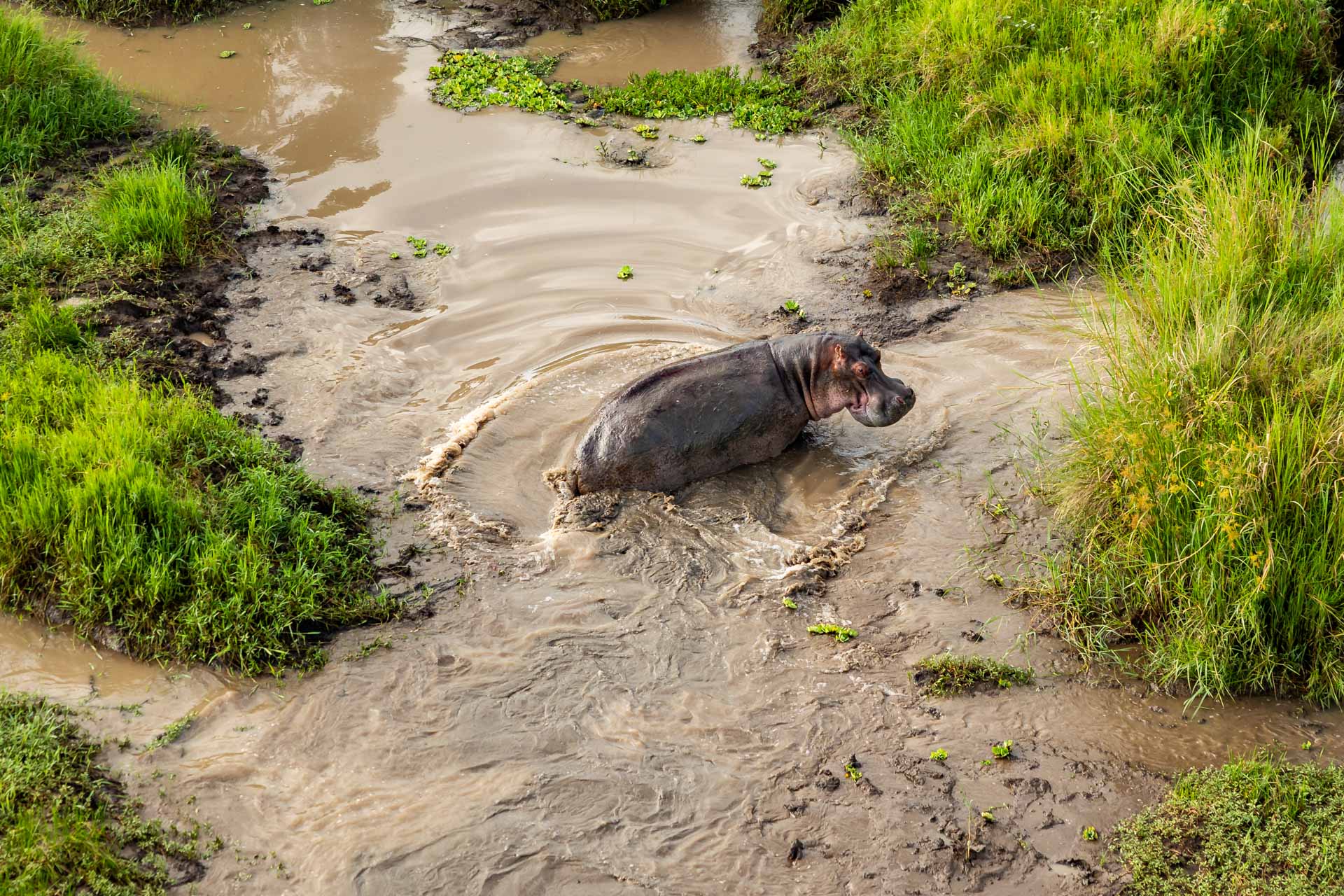
As time goes by, it becomes increasingly evident that the Nyati Six males are now the Nyati Four males, as we have only seen four for quite some time. These boys are growing massively and now command a significant portion of the Mara Triangle. Such a formidable coalition of strong males means their meals consist almost entirely of buffalo. You can tell from the one photo that they have been eating very well.
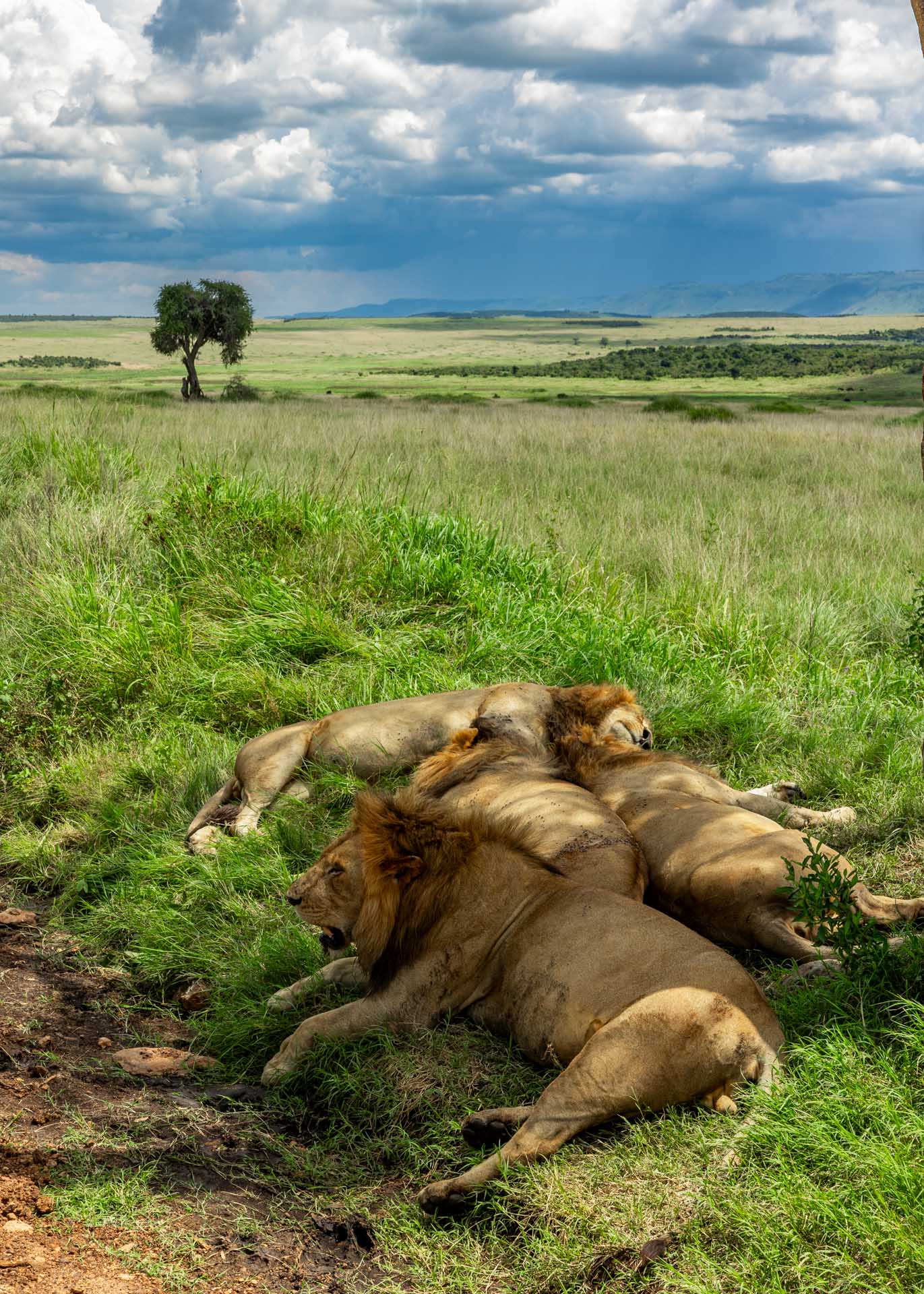
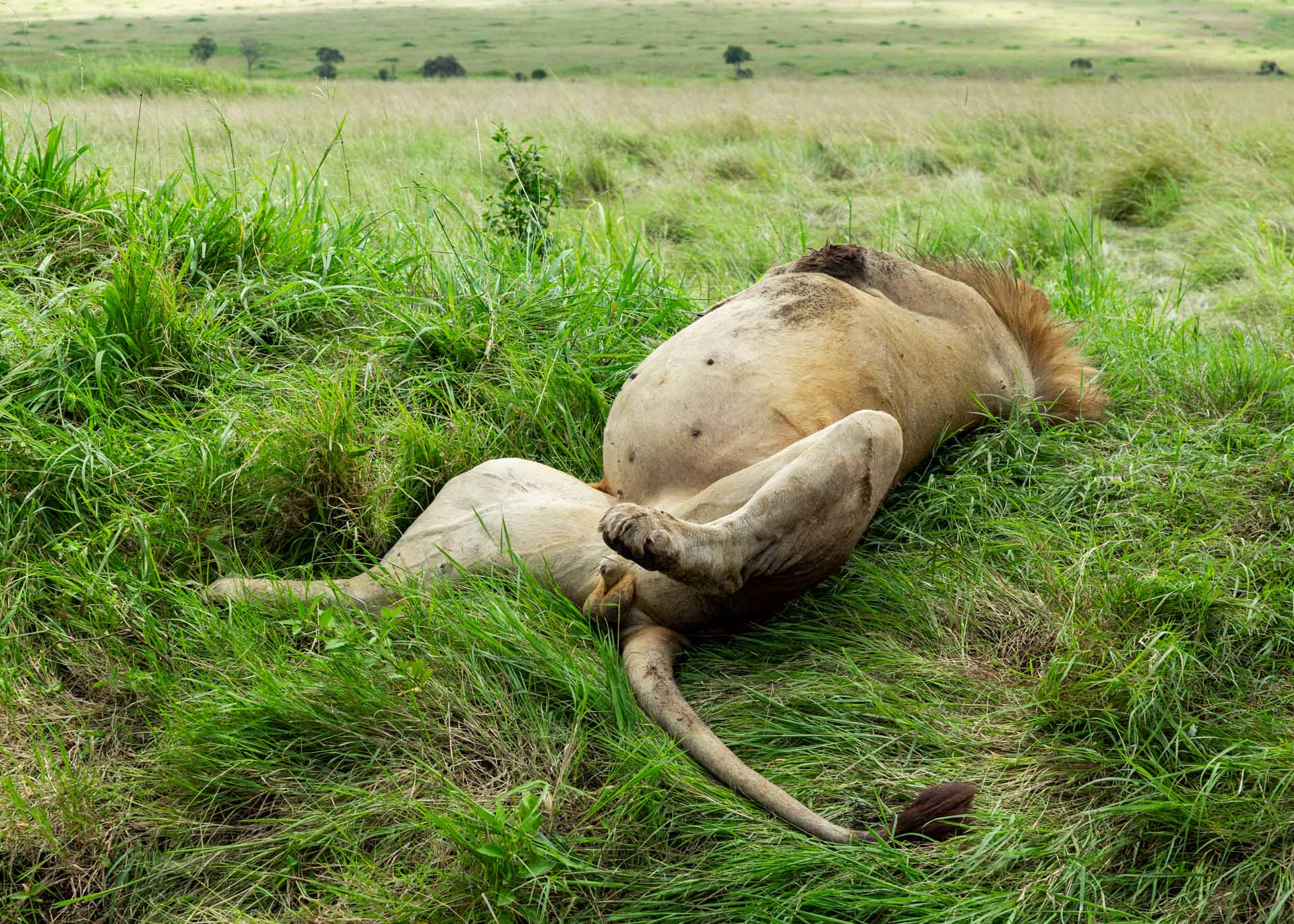
Another formidable coalition of males emerging in the Triangle is the Egyptian males. These four are growing consistently in size and starting to sport impressive manes. The last time I saw them, they had a buffalo kill in the Fig Tree area and have been moving in and out of the border with Tanzania. We caught up with these males near the Purungat Bridge, resting under a tree.
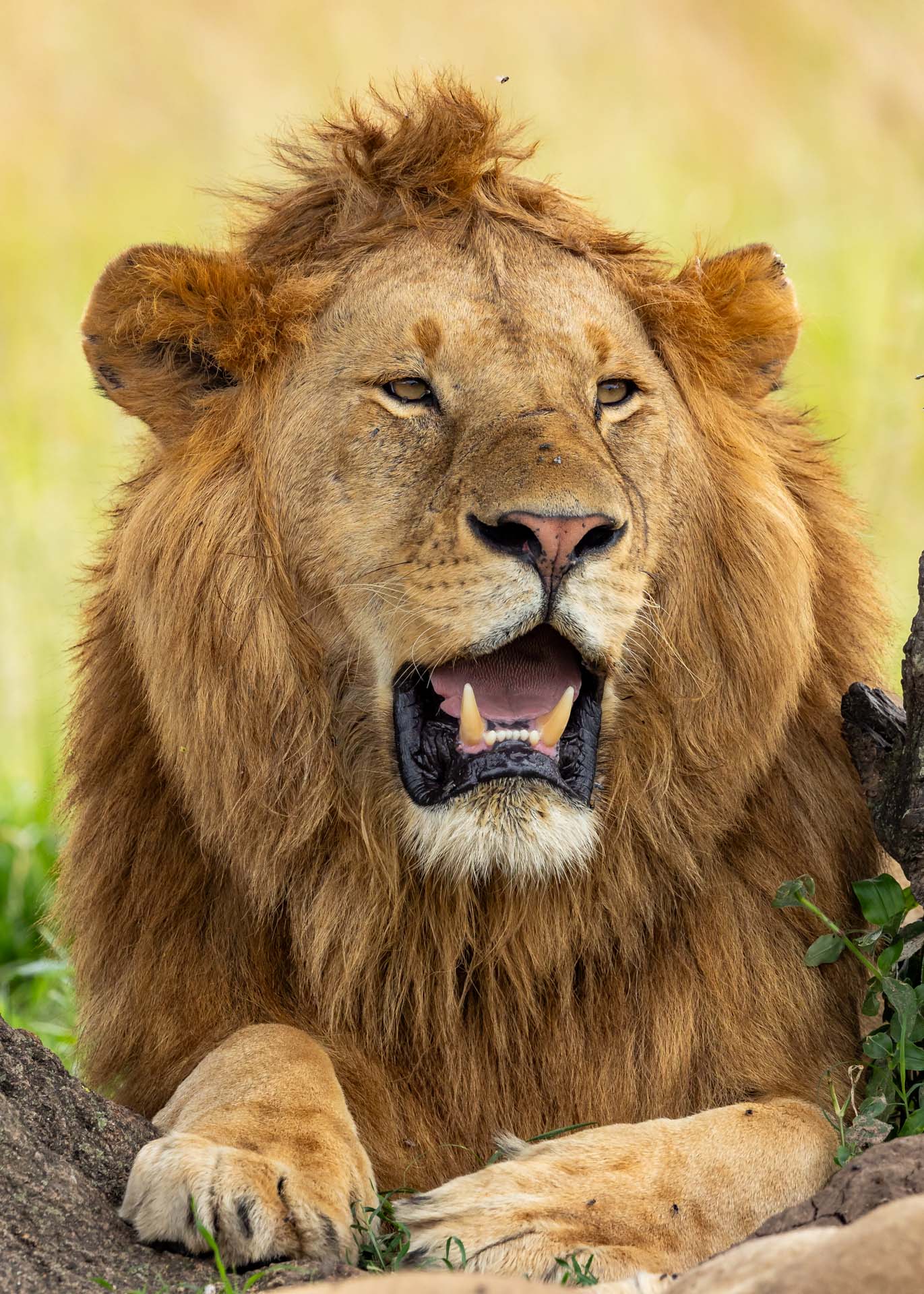
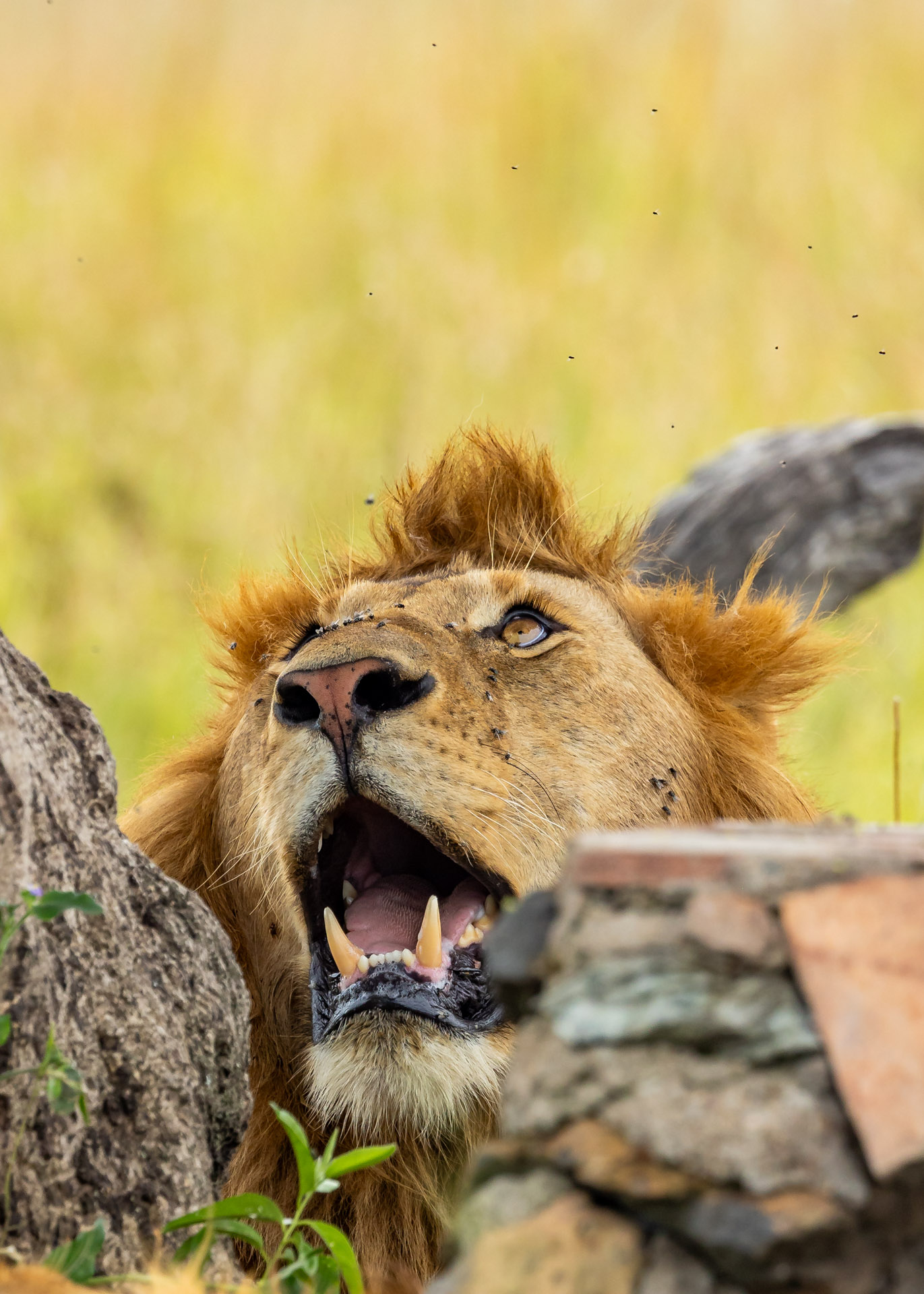
Towards the north, close to Kichwa Tembo airstrip, the killer nomad male continues to find favour with the River Pride female with whom he is still mating. The two, together with the Owino male, have been hanging out and are even hunting together. The three had successfully brought down a buffalo when we found the Owino male stuffing himself to the brim. Soon after, he left the remains for the vultures perched on a tree nearby.
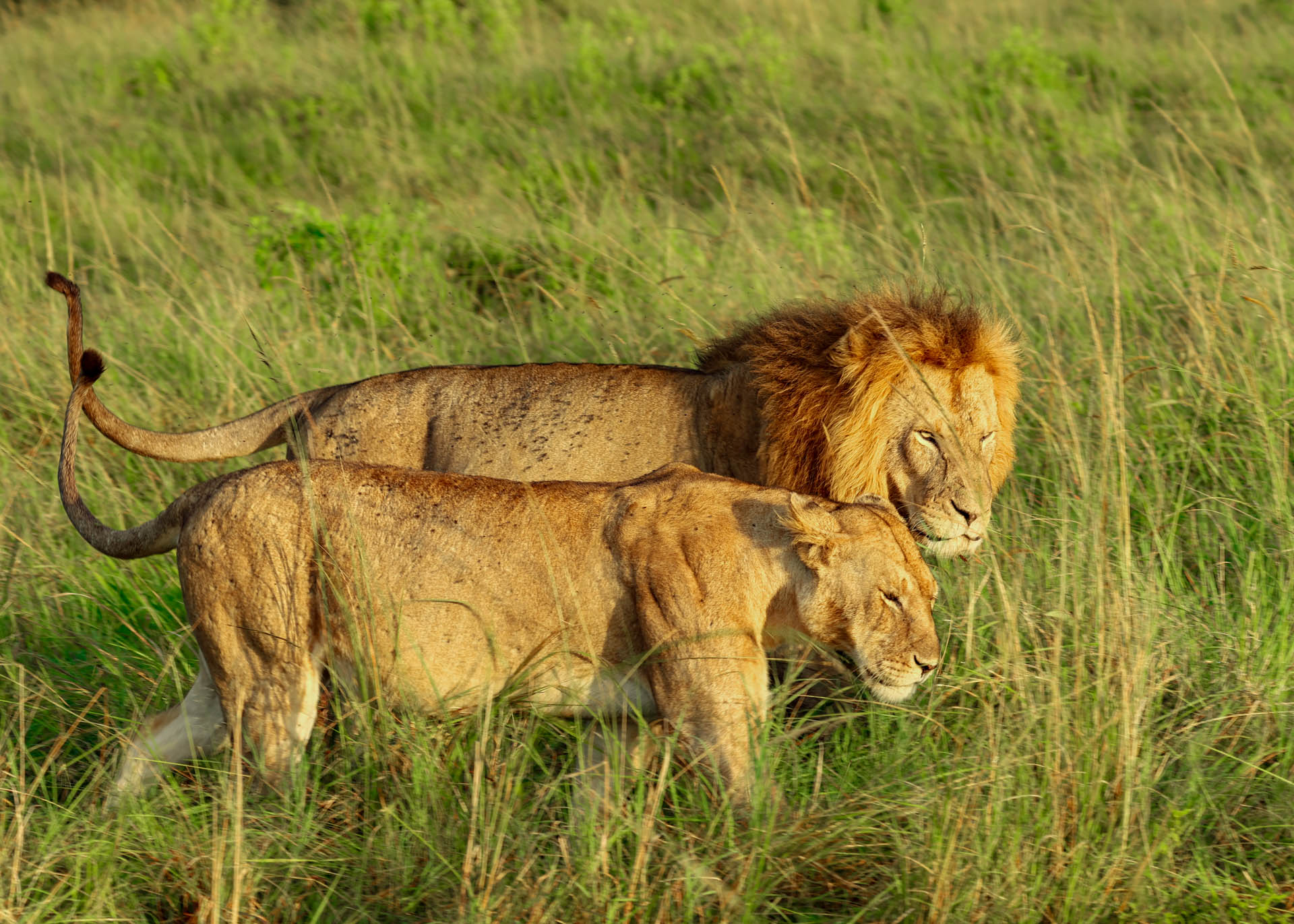
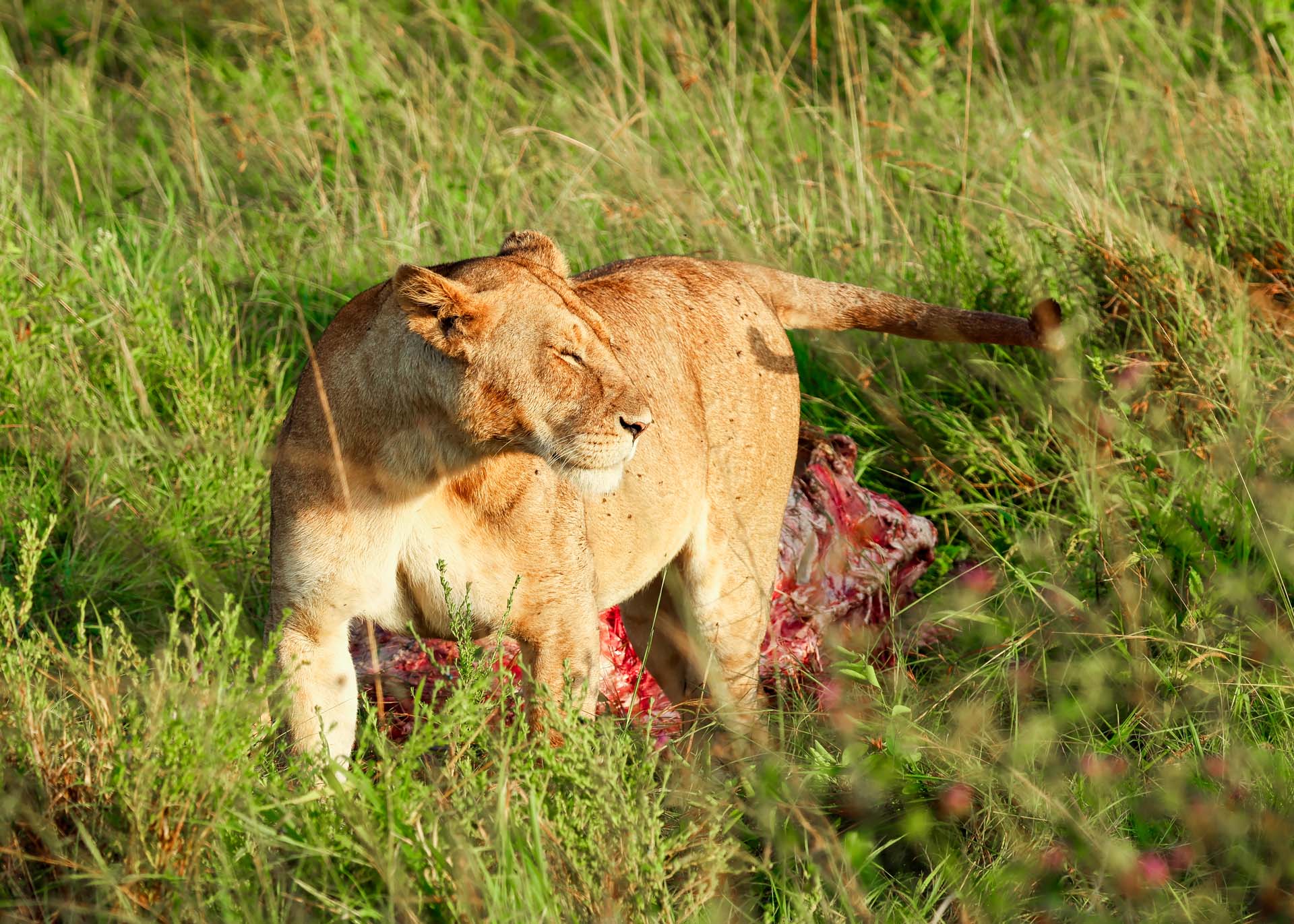
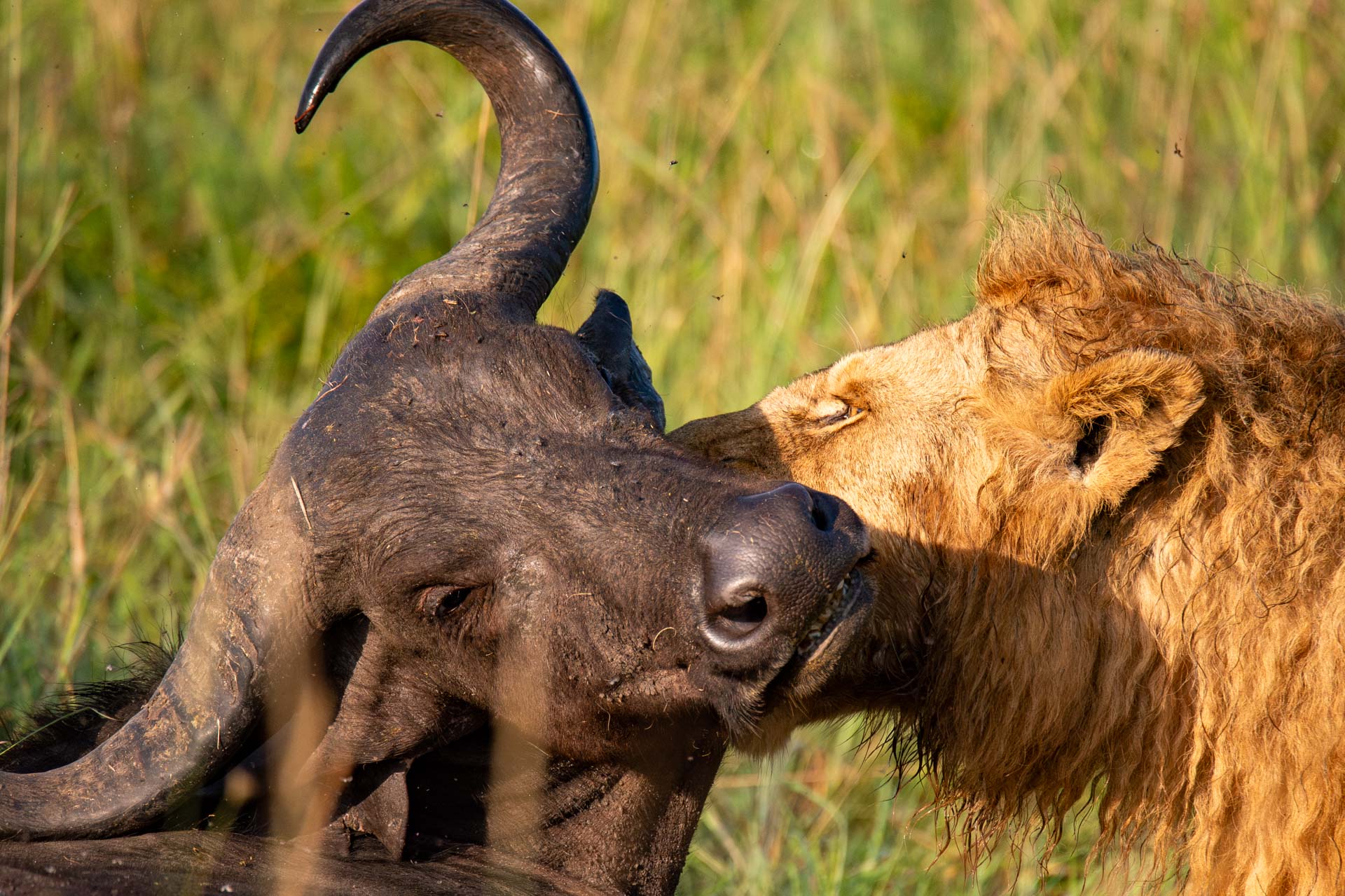
Interestingly, we observed that the vultures didn’t bother to come down and fight over the unattended carcass. Then, I remembered that vultures generally have difficulty flying when their wings are wet — it can add weight and reduce their ability to generate lift, making it challenging for them to take off. This is why, like many birds, these vultures were waiting for their feathers to dry before attempting to fly, as they would be easily picked off by a predator defending their prize. As soon as there was a break in the clouds and the sun's rays shone through, the vultures immediately spread their wings out to dry. –Robert Sayialel
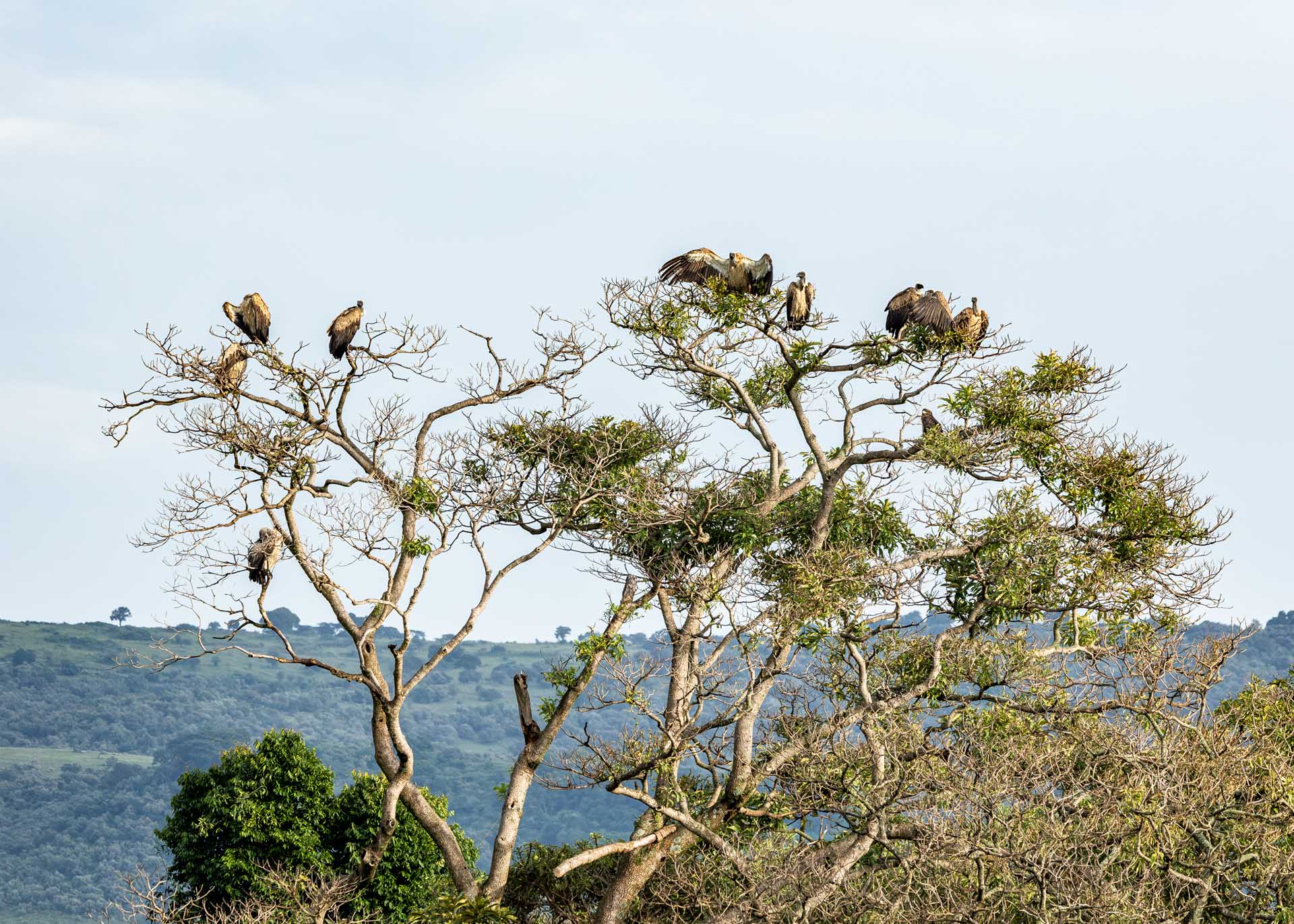
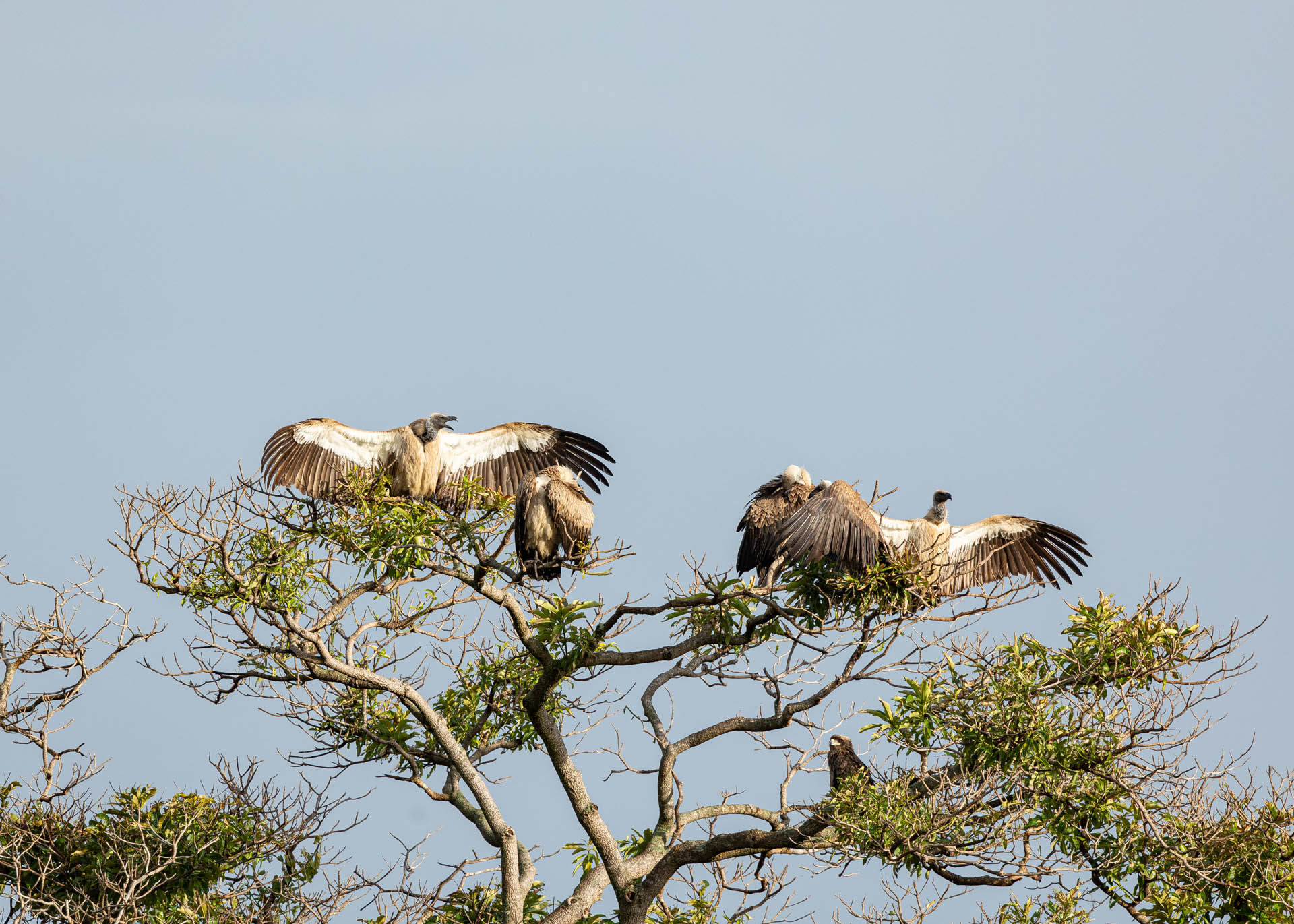
In East Africa, where the winds play a significant role, hot-air balloon safaris typically take place early in the morning when the winds are calm. Here in Amboseli, we partner with Kilimanjaro Balloon Safaris to deliver this exhilarating experience. Like the Mara, we take off early, usually around 06h00, depending on the day's weather, aiming to ascend before the first light paints the vast plains in its golden glow.
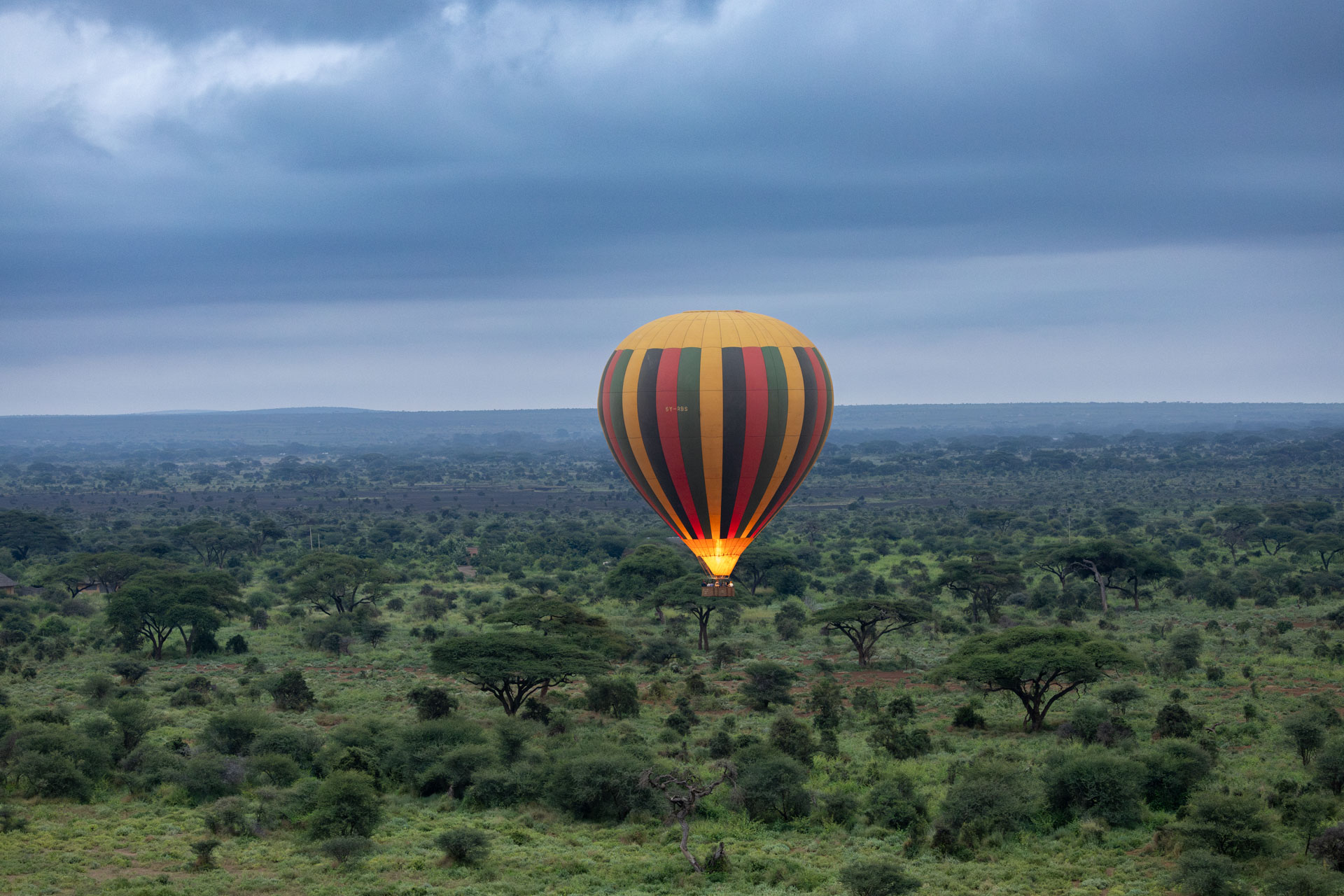
It turned out to be an overcast morning, so I quickly left my expectations on the ground as we gained altitude. Drifting through low-hanging clouds, we observed Maasai homesteads and their livestock, locals on motorbikes beginning their day, and Kenya Wildlife Service vehicles on patrol, offering a holistic view of how the Amboseli ecosystem intertwines with human settlements. Amongst all this activity, we spotted scores of zebras and giraffes — showcasing a perfect example of human-wildlife coexistence.
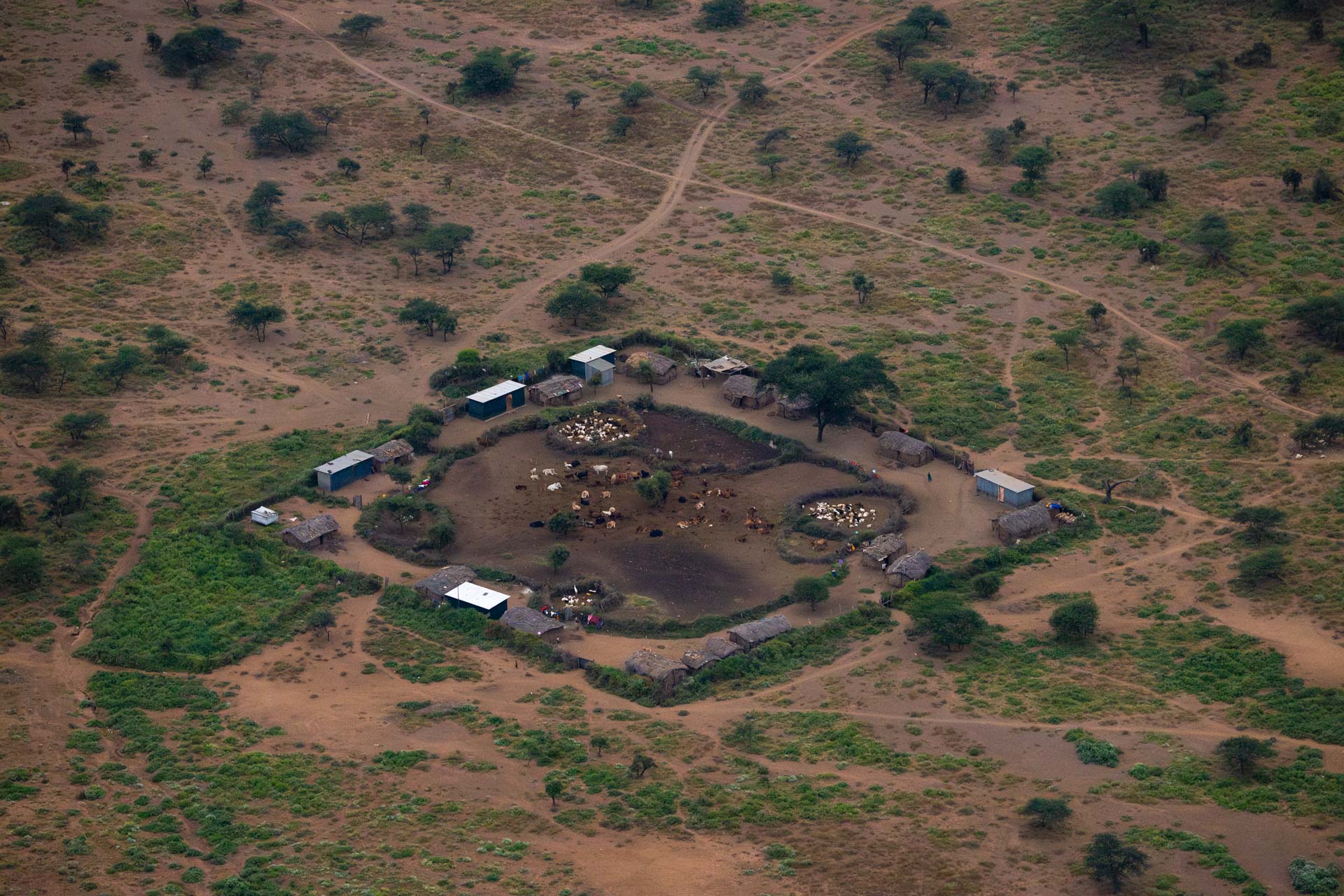
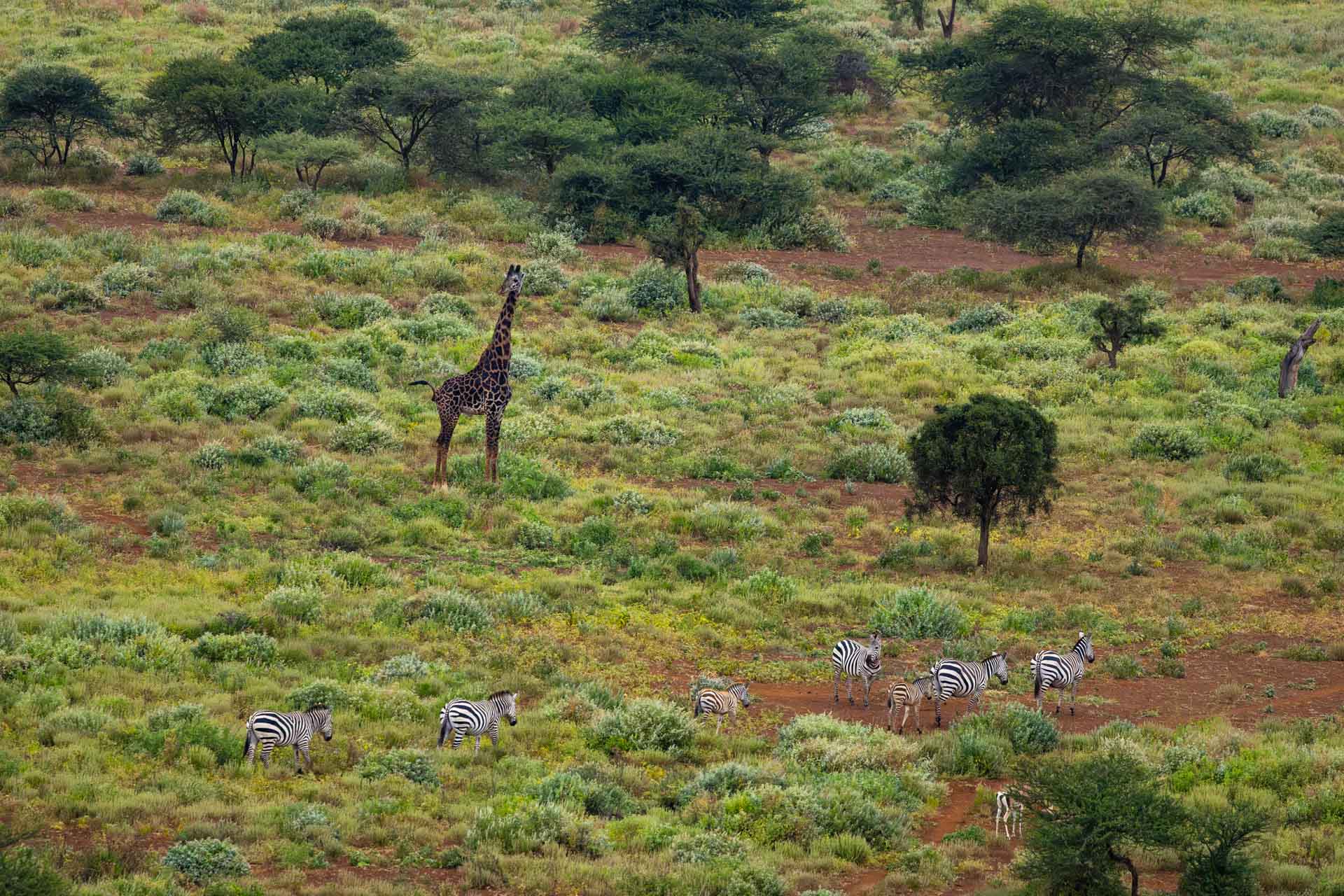
Our pilot kept us engaged, sharing insights about the landscape below as we steadily gained altitude. At about 5,000 feet high, amidst thick clouds, the sun could be seen fighting through, and for a few seconds, we felt the warmth of it on our faces. As the pilot pumped more hot air into the balloon, propelling us higher, we were engulfed once again in the dense cloud cover — only to emerge into one of the most breathtaking sights I've ever seen. At 10,000 feet, a surreal sea of fluffy clouds was below, the majestic African sunrise was painting the eastern horizon, and on the opposite side, the silhouette of Mount Kilimanjaro suspended in mid-air. A jaw-dropping sight!
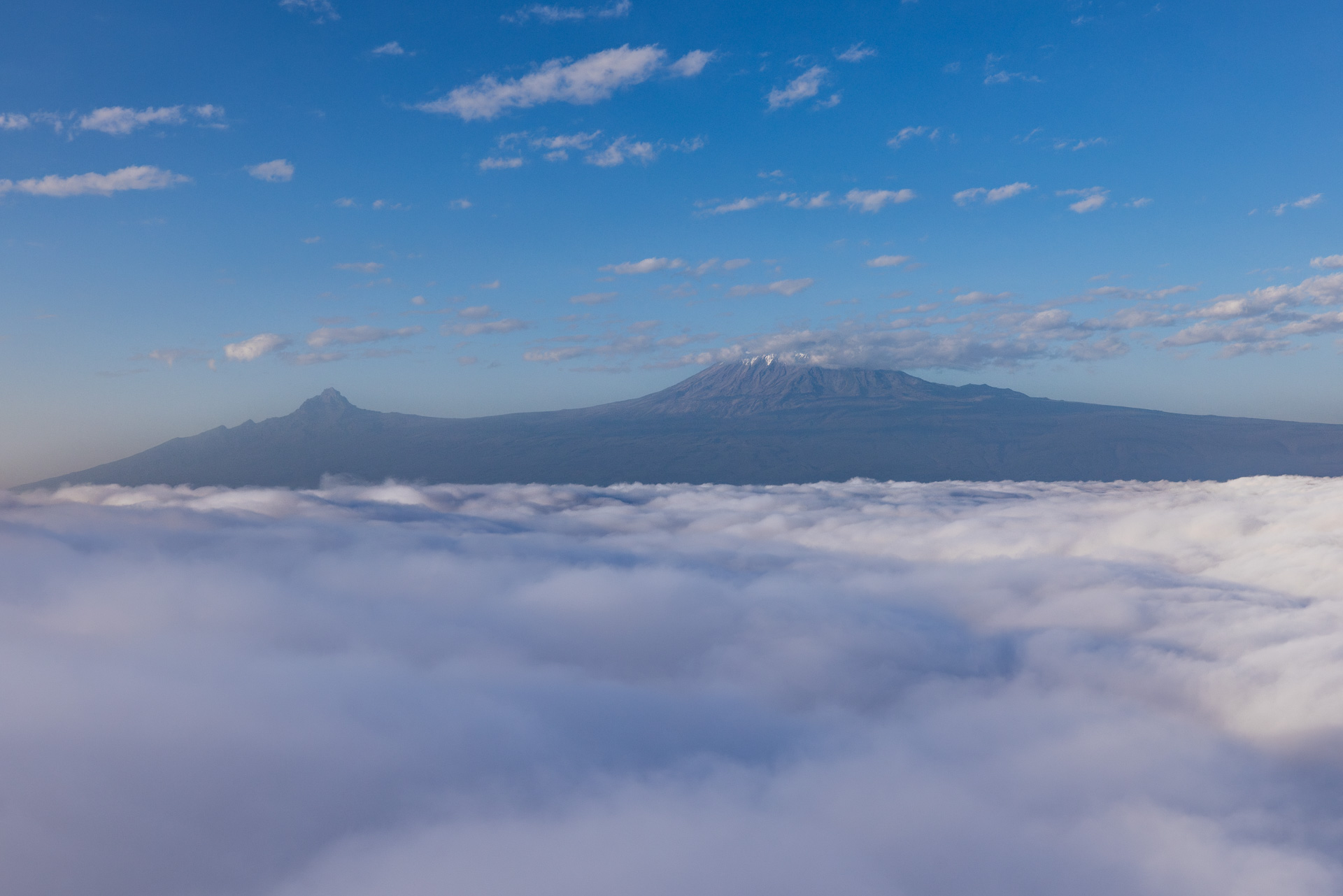
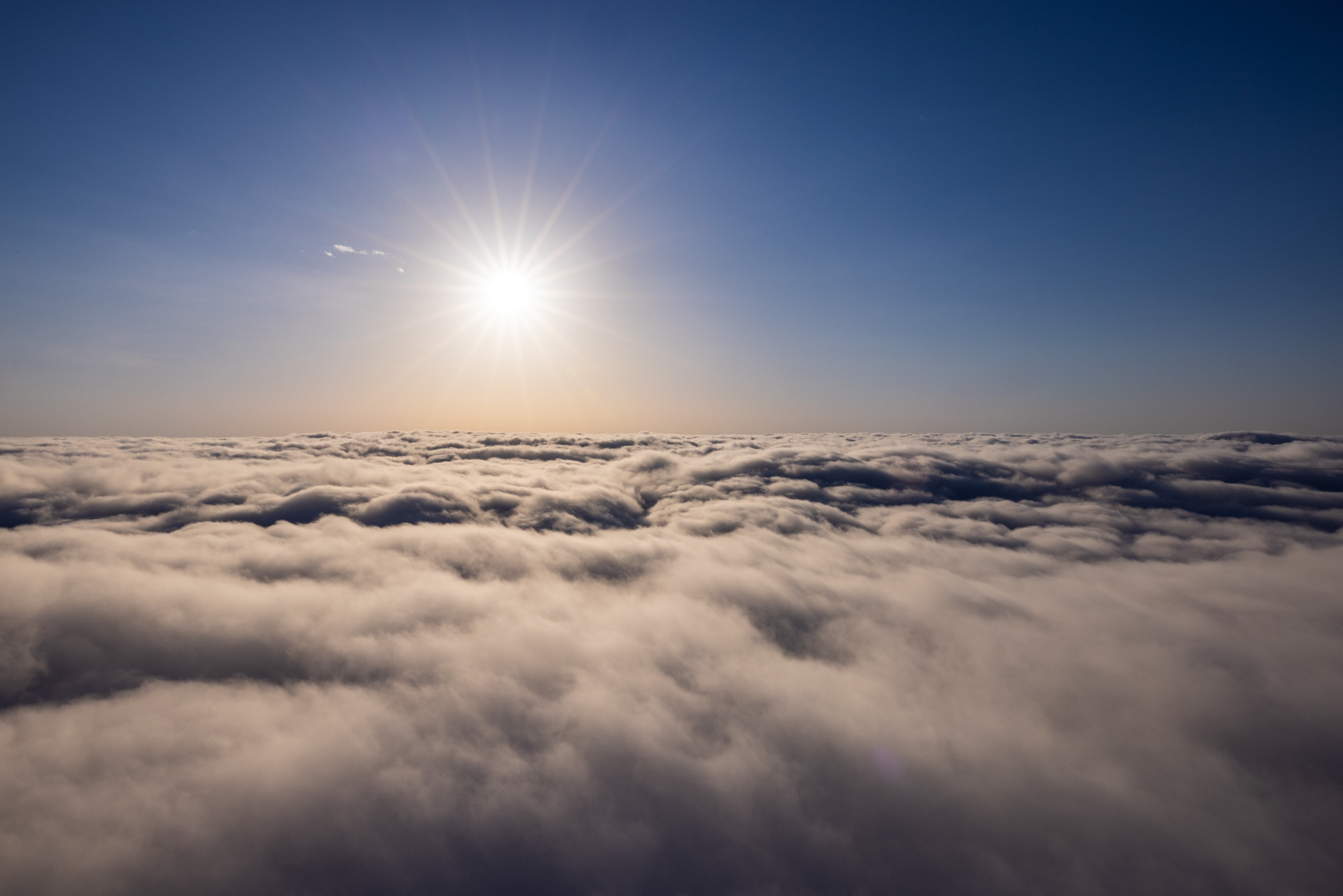
The pilot reminded us that maintaining such altitude was fleeting, so we took photos and savoured the view for a few precious moments before descending back into the cloud. Emerging on the other side with a clear view of the earth below, Angama Guide Jeremy finally relaxed, sporting a genuine smile, relieved to see solid ground. At this time, the wildlife below was stirring, and we spotted numerous giraffes, elephants and vast herds of zebras as we gracefully glided towards our landing site.
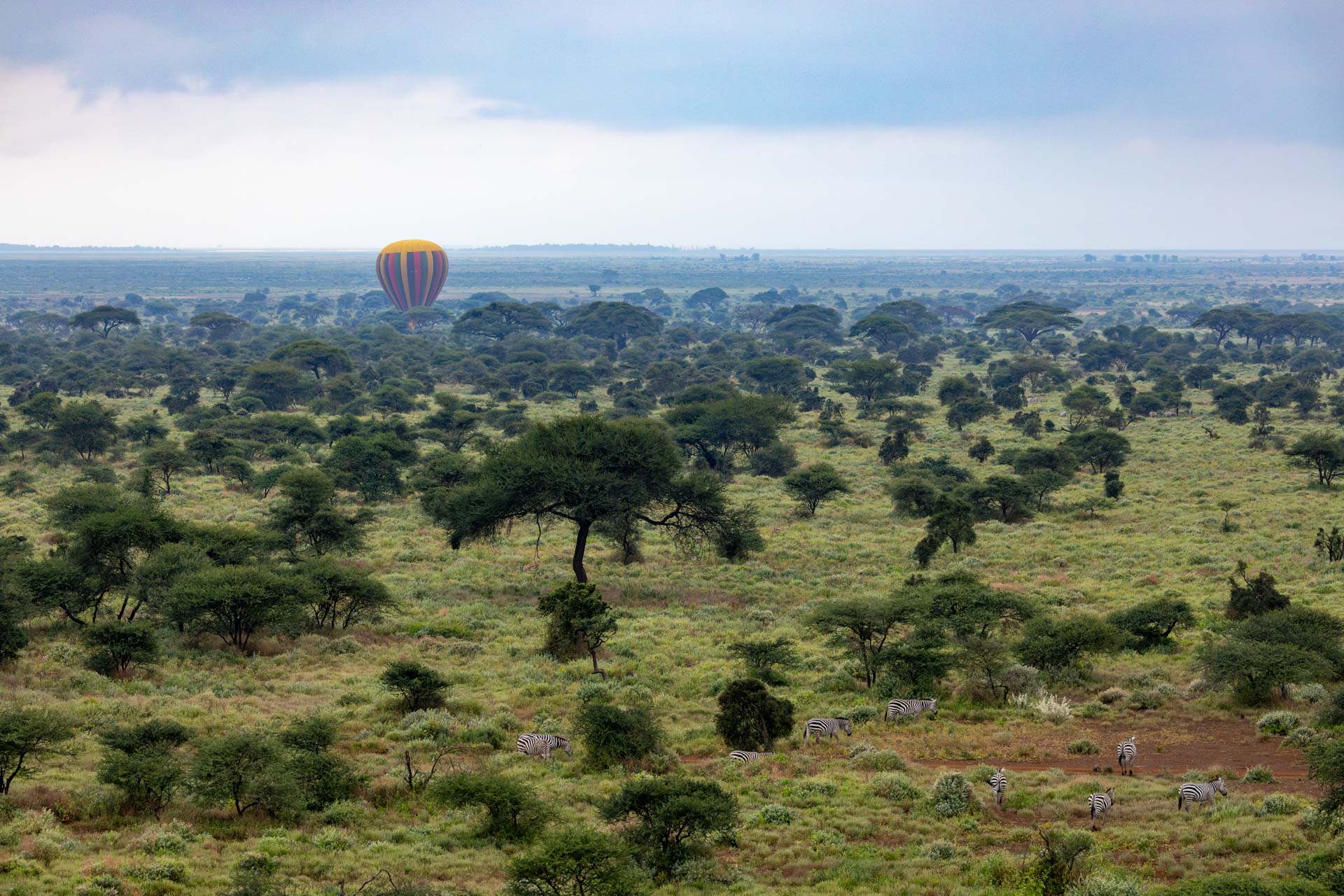
Amboseli National Park is world-renowned for its large population of African elephants, making it a paradise for those who love them. On one of our recent drives, we encountered multiple elephant families, including a small one leisurely strolling across the vast landscape. In the mornings, these animals typically move to the marshlands in the middle of the National Park to spend their day grazing, mud bathing and dust bathing before returning to higher ground for rest.
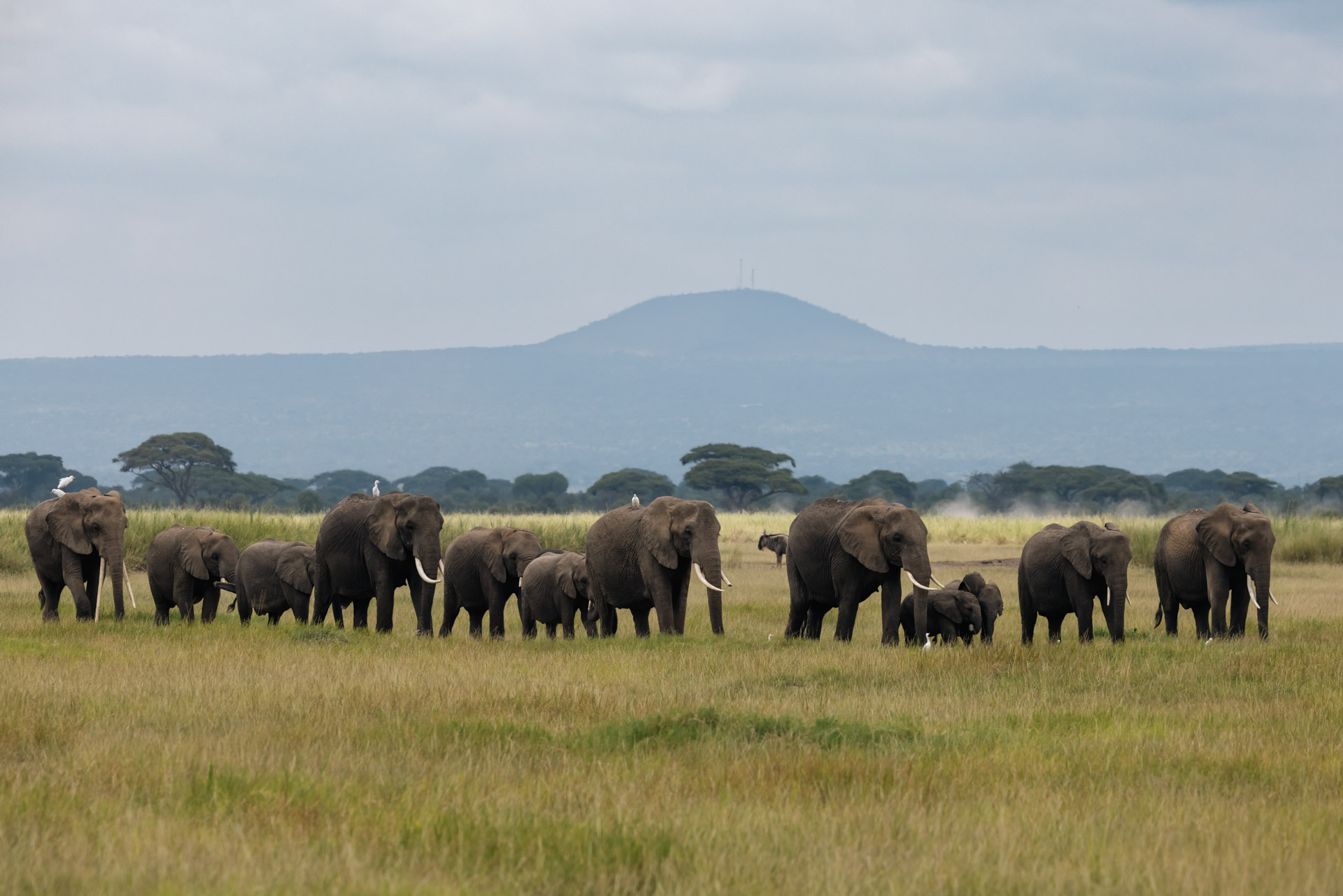
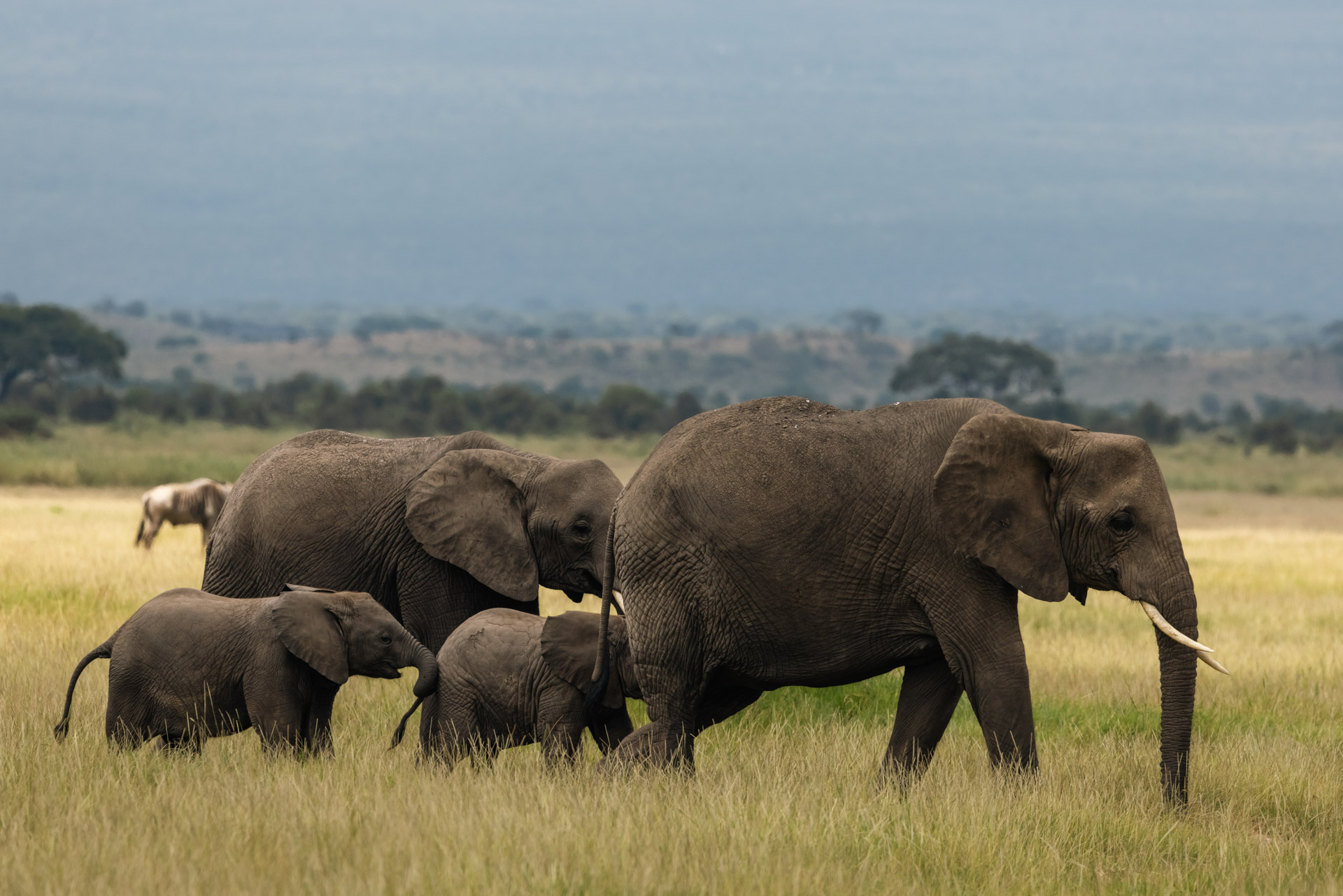
We also spotted a single-tusked bull during our drive, whom we had yet to identify. He seemed very calm as we approached from a distance. Bulls of his size are typically in their prime and actively mating during their musth period, which occurs once a year. Although bulls are known for their irritability during this period, this one appeared relaxed, showcasing that even at this time, elephant personalities can vary. Nevertheless, it's always wise to approach bulls in musth with caution and maintain a safe distance.
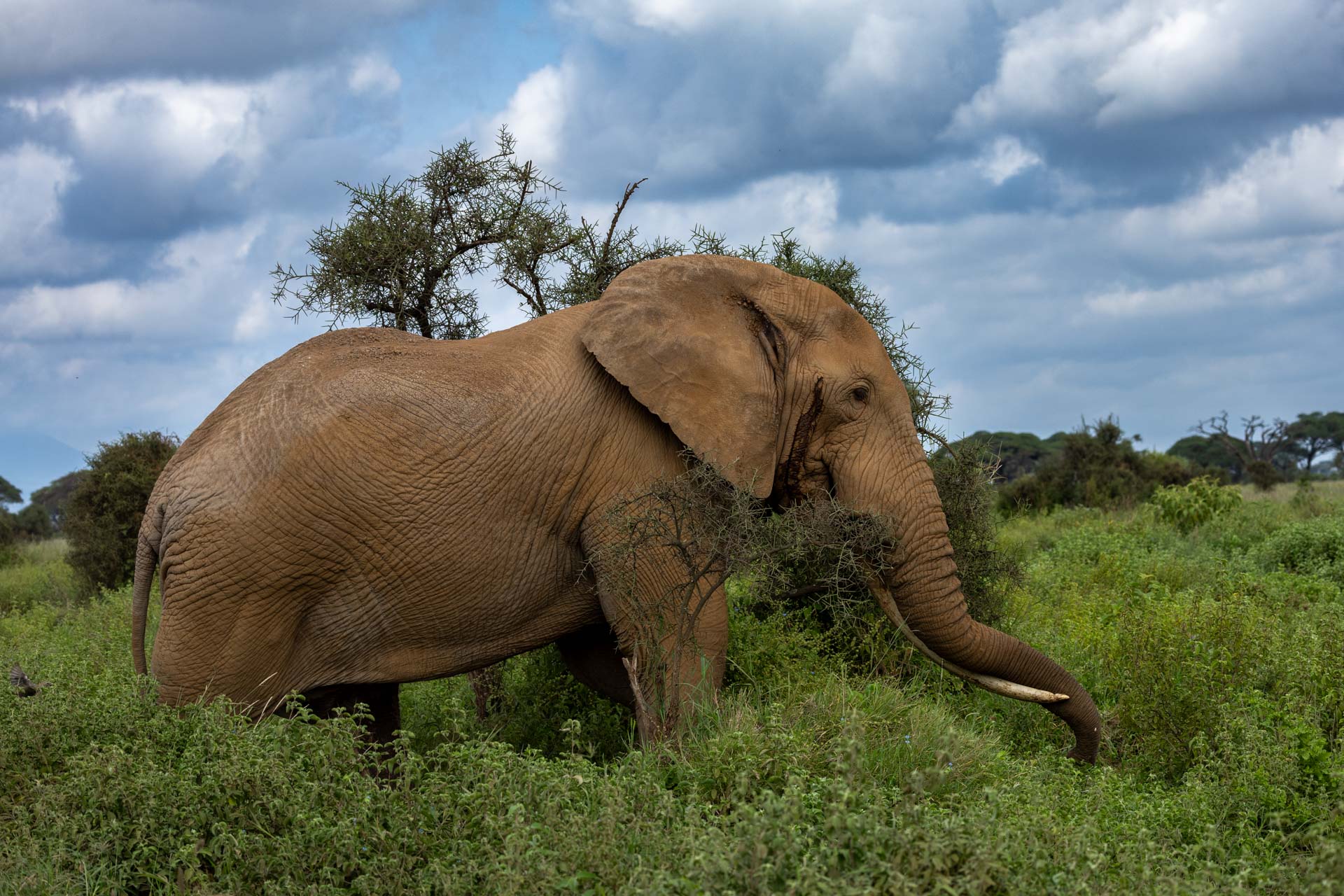
A must-see for anyone visiting Amboseli National Park is the stunning wetlands. These marshes are teeming with a variety of bird species, with flamingos often stealing the show. On a clear day, the view of the flamingos against the backdrop of Mount Kilimanjaro creates the perfect postcard scene.
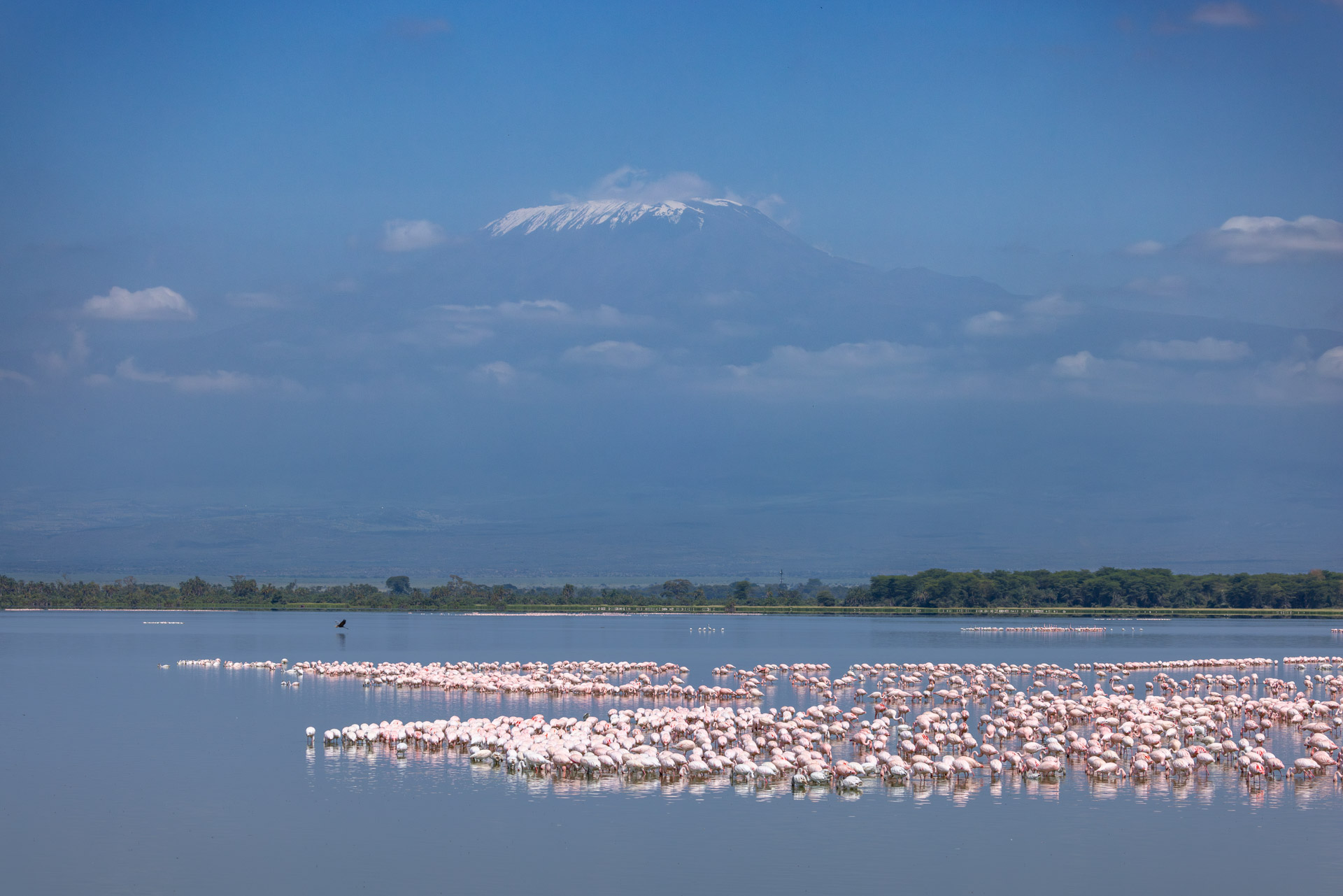
Grey crowned cranes are typically found in the wetlands and grasslands of Eastern and Southern Africa, preferring habitats that provide both open areas for foraging and wet areas for nesting, making Amboseli the perfect setting for them. We spotted a pair with a juvenile chick and though the chick lacked the elaborate crown of its parents, it mirrored their movements, learning the art of foraging. Juvenile grey crowned cranes are less colourful than adults, lacking the distinctive golden crown and sporting a rather funny-looking mohawk. Their plumage is generally more subdued and camouflaged to keep them out of the spotlight.
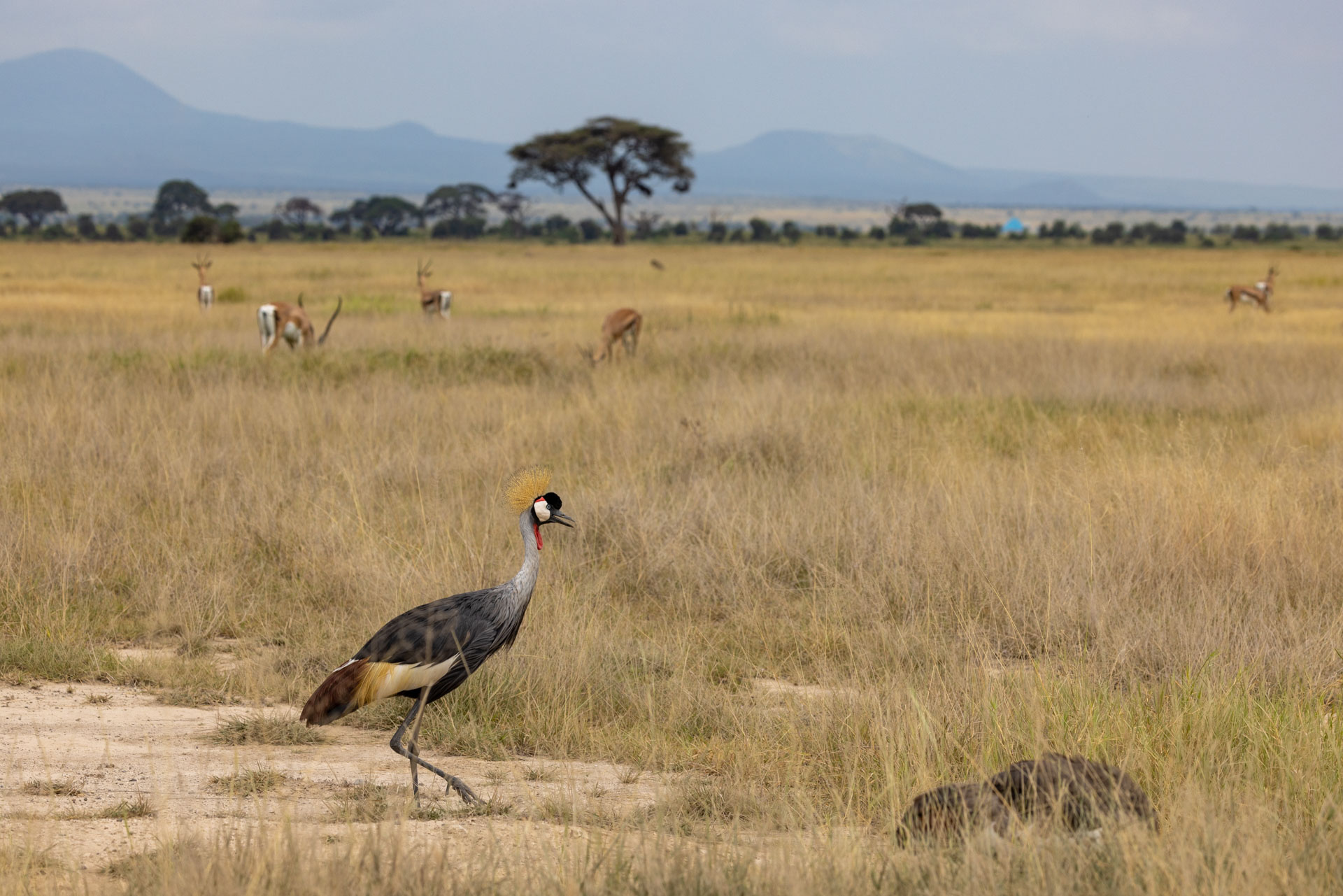
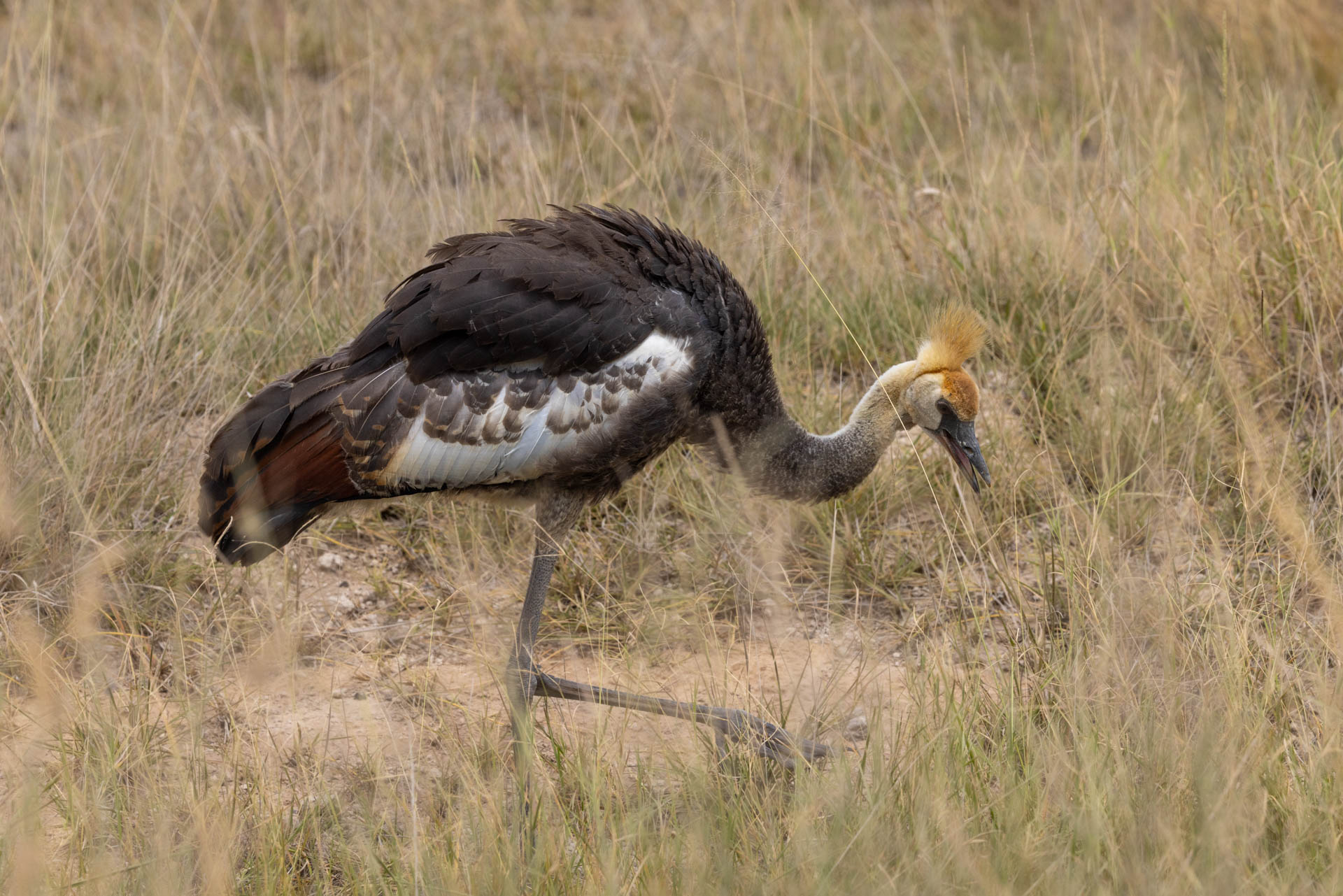
Back in Kimana Sanctuary, Emoroo has returned from a short trip. It's unclear where exactly he roamed in the vast Amboseli ecosystem. The last time we saw him here in the Sanctuary was exactly six weeks ago. He was alone then and remains alone now, seemingly enjoying solitude. Recently, we spotted him much closer to the lodge and around Mnara, our sundowner spot, and the elephant viewing tower here at Angama Amboseli. –Sammy Njoroge
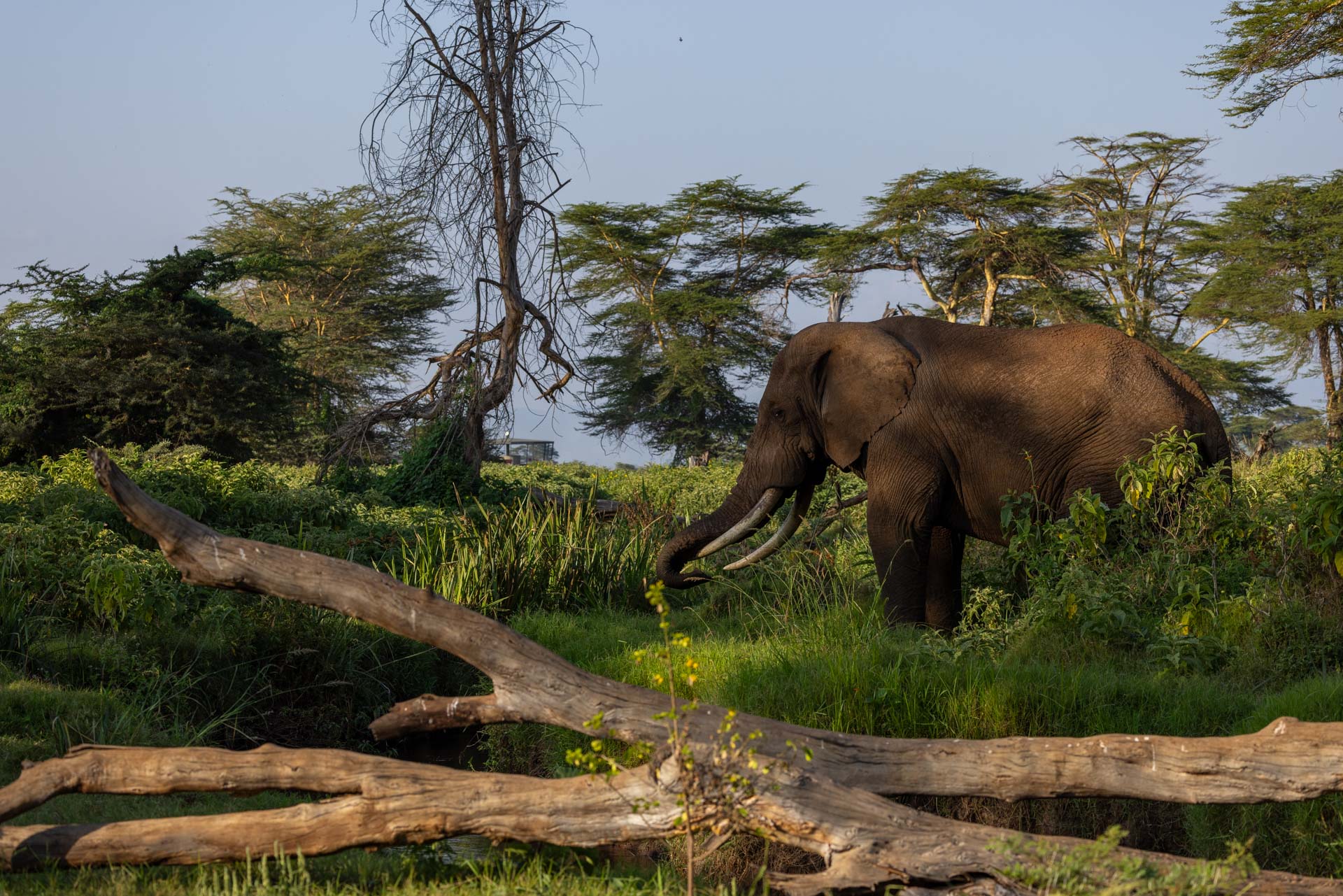
Filed under: This Week at Angama
Subscribe for Weekly Stories
Comments (0):
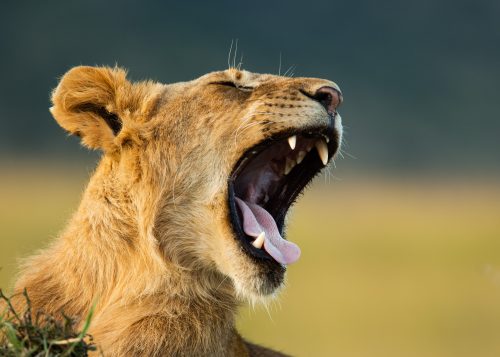
Angama Safari Offers